Choosing the Right Option for Your Space When it comes to home interiors, tiles play a significant role in enhancing the aesthetics and functionality of a space. Tiles not only protect and beautify the walls and floors but also reflect the homeowner’s personal style. However, when it comes to choosing between floor tiles and wall tiles, several factors need to be considered. In this article, we will explore the differences between floor tiles and wall tiles, and provide insights to help you make an informed decision for your space.
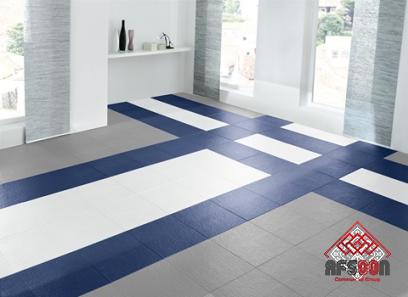
.
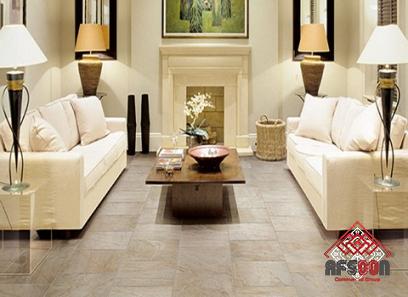 Floor Tiles: Durability and Functionality Floor tiles are designed to withstand heavy foot traffic, making them more durable compared to wall tiles. They are manufactured to be resistant to abrasion and provide a strong surface that can withstand wear and tear. Floor tiles are available in a wide range of materials, including ceramic, porcelain, stone, and vinyl. These materials offer different levels of water resistance, slip resistance, and heat resistance, which are crucial for the floor’s functionality. Floor tiles are typically larger in size and thickness compared to wall tiles. Their larger dimensions enable them to cover larger surface areas efficiently. This is vital for floor installation, as it helps reduce the number of grout joints, making the floor easier to clean and maintain.
Floor Tiles: Durability and Functionality Floor tiles are designed to withstand heavy foot traffic, making them more durable compared to wall tiles. They are manufactured to be resistant to abrasion and provide a strong surface that can withstand wear and tear. Floor tiles are available in a wide range of materials, including ceramic, porcelain, stone, and vinyl. These materials offer different levels of water resistance, slip resistance, and heat resistance, which are crucial for the floor’s functionality. Floor tiles are typically larger in size and thickness compared to wall tiles. Their larger dimensions enable them to cover larger surface areas efficiently. This is vital for floor installation, as it helps reduce the number of grout joints, making the floor easier to clean and maintain.
..
 It is essential to consider the type of area where the floor tiles will be installed. For example, in high-traffic areas such as entryways, kitchens, and bathrooms, it is advisable to opt for tiles with a higher abrasion resistance and a lower slip factor. On the other hand, in areas where moisture is present, such as bathrooms and kitchens, selecting water-resistant tiles is crucial to prevent water damage. Wall Tiles: Enhancing Aesthetics and Creativity While wall tiles may not require the same level of durability as floor tiles, they are equally essential in shaping the overall ambiance of a space. Wall tiles come in various materials such as ceramic, porcelain, glass, and natural stone, offering a multitude of options to suit different interior design styles.
It is essential to consider the type of area where the floor tiles will be installed. For example, in high-traffic areas such as entryways, kitchens, and bathrooms, it is advisable to opt for tiles with a higher abrasion resistance and a lower slip factor. On the other hand, in areas where moisture is present, such as bathrooms and kitchens, selecting water-resistant tiles is crucial to prevent water damage. Wall Tiles: Enhancing Aesthetics and Creativity While wall tiles may not require the same level of durability as floor tiles, they are equally essential in shaping the overall ambiance of a space. Wall tiles come in various materials such as ceramic, porcelain, glass, and natural stone, offering a multitude of options to suit different interior design styles.
…
 Compared to floor tiles, wall tiles are typically thinner and lighter in weight. Their small size and thinness make them easier to handle during installation. However, this also means that wall tiles are not designed to withstand heavy impacts or foot traffic, as they are primarily meant for decorative purposes. Wall tiles allow homeowners to express their creativity and personalize their space. They can be used to create focal points, accent walls, or backsplashes that add visual interest to a room. With a myriad of colors, finishes, patterns, and textures to choose from, wall tiles offer endless design possibilities. Considerations and Compatibility When choosing between floor tiles and wall tiles, it is crucial to consider their compatibility for the intended space. While it is possible to use floor tiles on walls, it is generally not recommended to use wall tiles on floors due to their lack of durability. However, specific types of tiles, such as porcelain, can be used for both floor and wall applications. Additionally, it is vital to consider the style and theme of the room. For example, using the same type of tile for both the floor and walls can create a cohesive and unified look. Alternatively, mixing and matching different tiles can add visual interest and create a unique design aesthetic. In conclusion, when deciding between floor tiles and wall tiles, factors such as durability, functionality, aesthetics, and compatibility need to be considered. By understanding the differences between these two types of tiles, homeowners can make an informed decision and create a space that not only looks beautiful but also meets their design and practical needs.
Compared to floor tiles, wall tiles are typically thinner and lighter in weight. Their small size and thinness make them easier to handle during installation. However, this also means that wall tiles are not designed to withstand heavy impacts or foot traffic, as they are primarily meant for decorative purposes. Wall tiles allow homeowners to express their creativity and personalize their space. They can be used to create focal points, accent walls, or backsplashes that add visual interest to a room. With a myriad of colors, finishes, patterns, and textures to choose from, wall tiles offer endless design possibilities. Considerations and Compatibility When choosing between floor tiles and wall tiles, it is crucial to consider their compatibility for the intended space. While it is possible to use floor tiles on walls, it is generally not recommended to use wall tiles on floors due to their lack of durability. However, specific types of tiles, such as porcelain, can be used for both floor and wall applications. Additionally, it is vital to consider the style and theme of the room. For example, using the same type of tile for both the floor and walls can create a cohesive and unified look. Alternatively, mixing and matching different tiles can add visual interest and create a unique design aesthetic. In conclusion, when deciding between floor tiles and wall tiles, factors such as durability, functionality, aesthetics, and compatibility need to be considered. By understanding the differences between these two types of tiles, homeowners can make an informed decision and create a space that not only looks beautiful but also meets their design and practical needs.

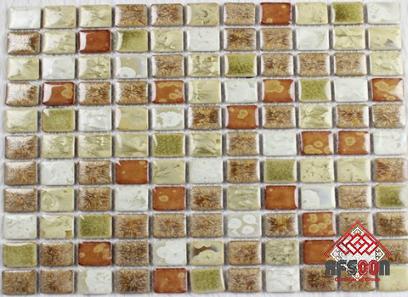

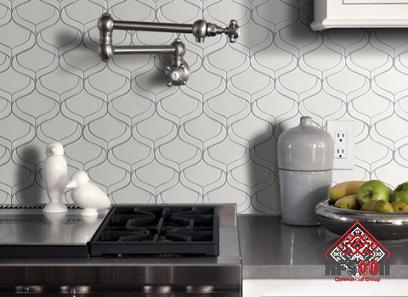
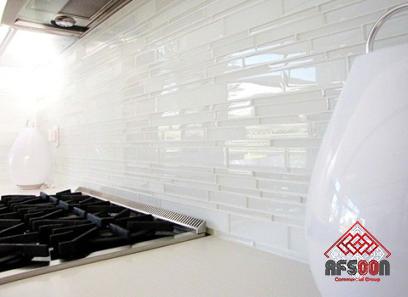
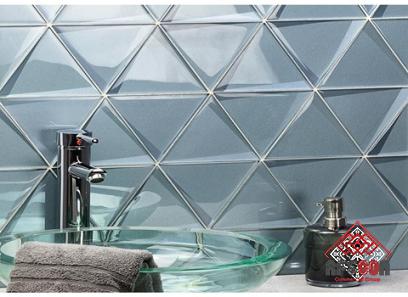
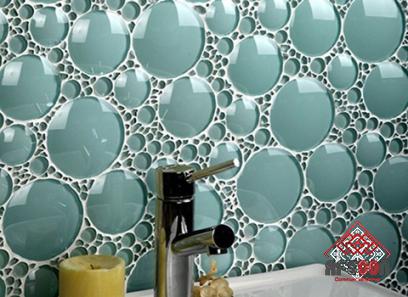

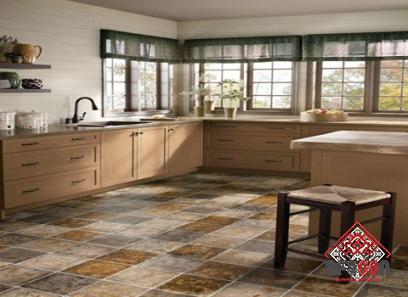

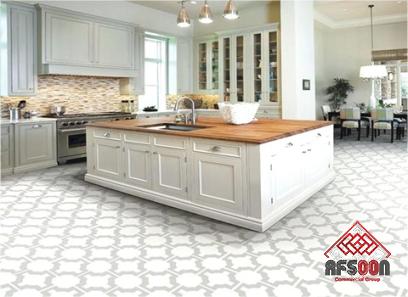
Your comment submitted.